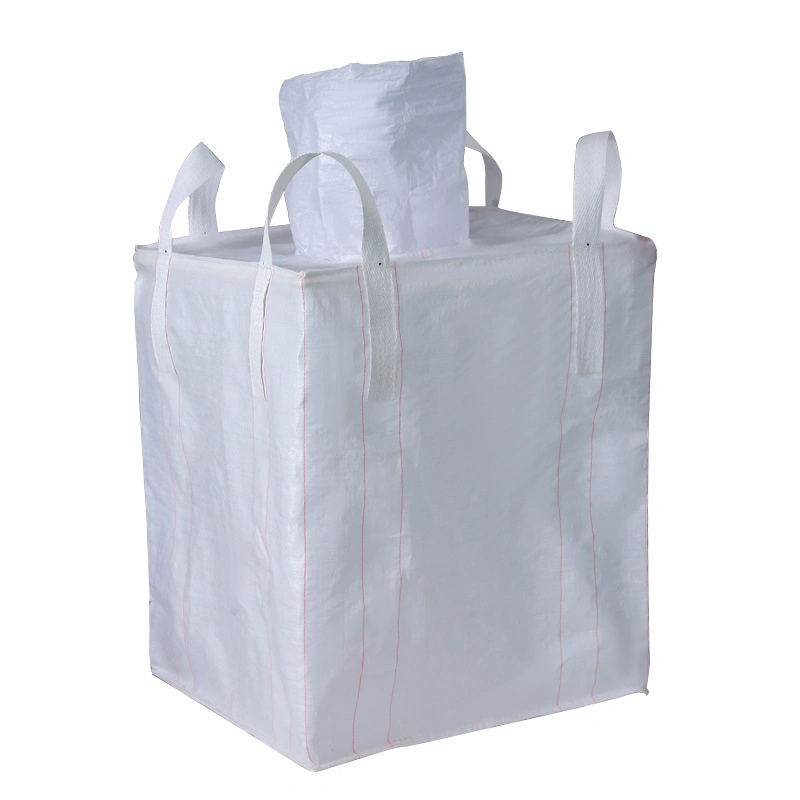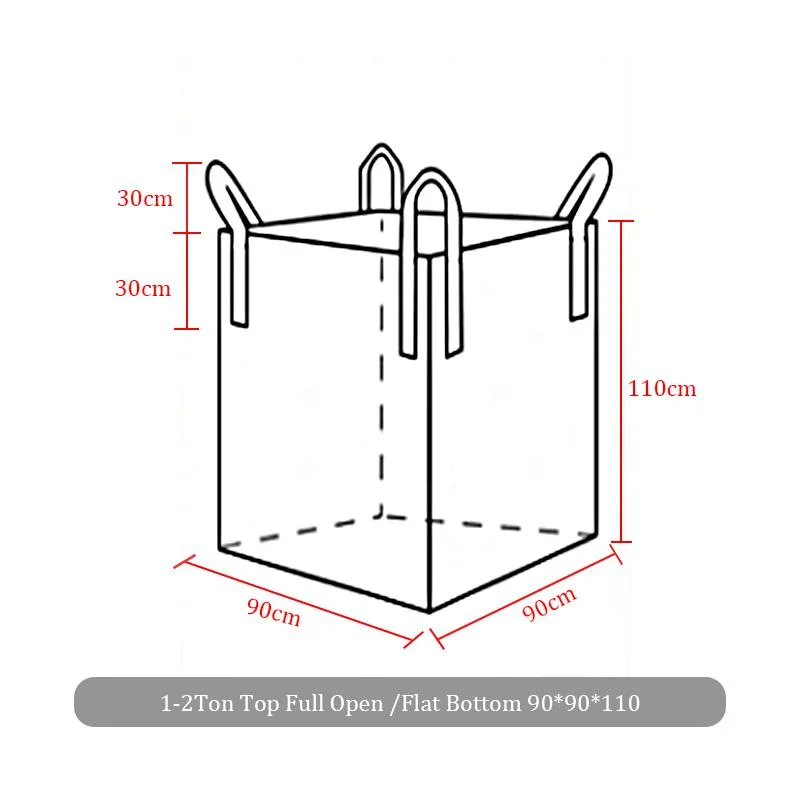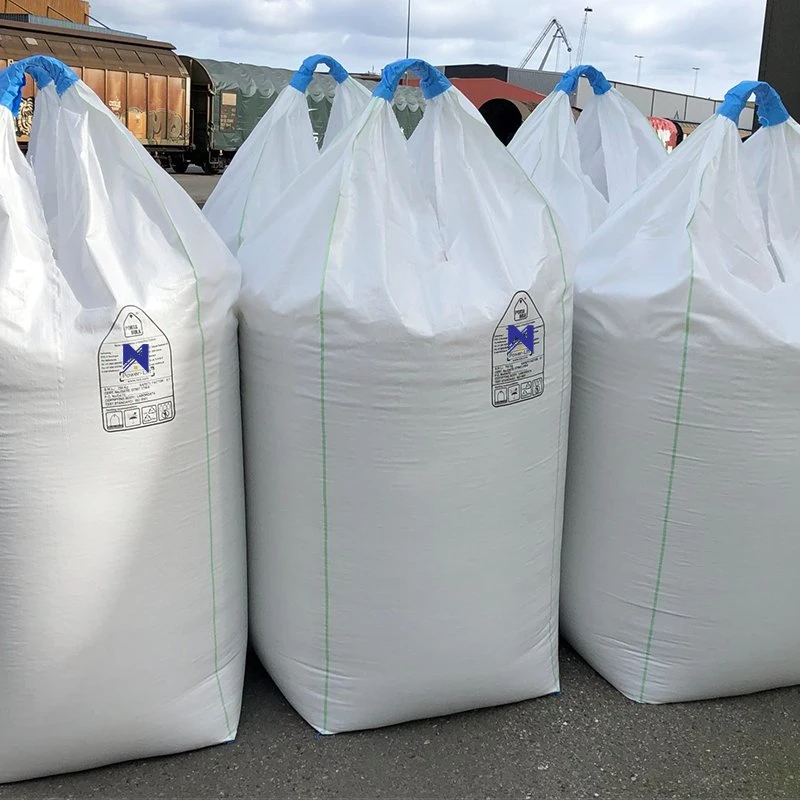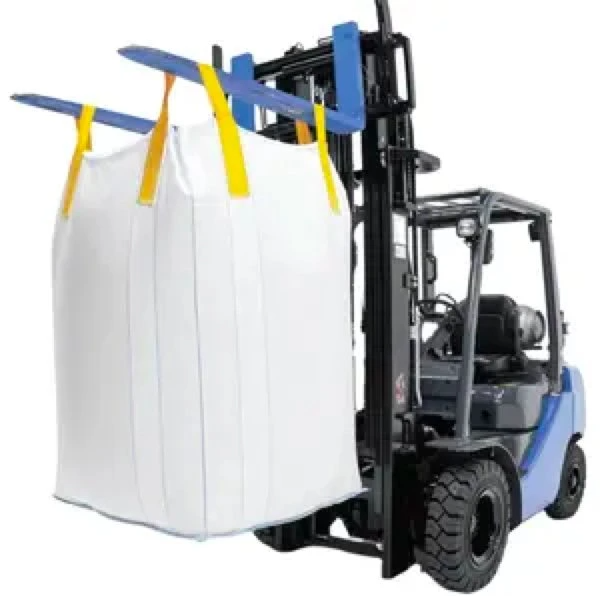As a kind of flexible transport packaging container, container bags are generally made of polyester fibers such as polypropylene and polyethylene. It has the advantages of moisture-proof, dust-proof, solid structure, convenient transportation and so on, and has achieved rapid development in recent years. According to the different types of A, B, C and D and their corresponding characteristics, reasonable choices should be made during storage and transportation.


Type A non-static protective bag is made of polypropylene, because it can not provide static protection, so it is mostly used for non-dangerous transport goods and environment, should try to avoid flammable and explosive materials and environment; Type B bags are made of materials with a low breakdown voltage (lower breakdown voltage can reduce the risk of electric shock and fire safety incidents), but it can not eliminate electrostatic charge, so normal brush discharge will still occur to cause flammable solvent vapors to ignite, so Type B bags are used to transport dry, flammable powder and where there is no flammable solvent and gas. It should be avoided when transporting inflammable and explosive items; C-type conductive bag is made of conductive material or non-conductive polypropylene and conductive yarn interwoven, it is mainly used to transport flammable and explosive powder and flammable steam, gas or combustible dust environment. It should be avoided when the ground connection does not exist or is damaged, there is resistance from any position of the container bag to the ground point, and there is a flammable environment with the minimum ignition energy less than 1000mJ. The D-type anti-static bag is made of electrostatic protective fabric, which can eliminate the safety risks caused by static electricity and the safety risks caused by C-type ground failure, so it has a wide range of applications, but it should be avoided when the surface of the container bag is contaminated or coated with conductive materials such as grease or other flammable and/or combustible materials.

